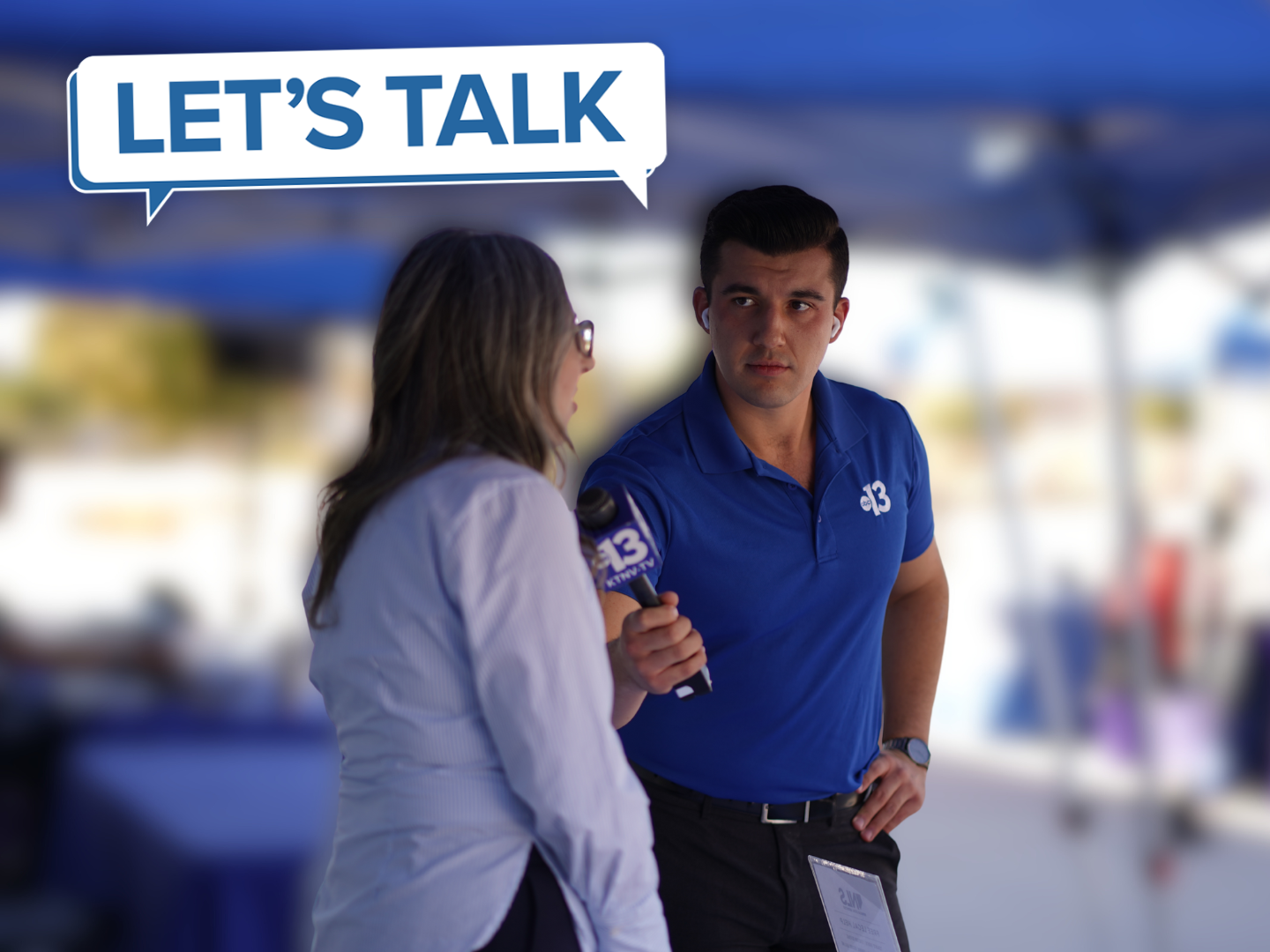LAS VEGAS (KTNV) — Former journalist Bill Roe teaches video production at Shadow Ridge High School.
This class is part of the Clark County School District's career technical education program. The lesson on Jan. 28 was about news literacy—an area that isn't part of Nevada's state-mandated curriculum.
But to Roe, separating fact from fiction is something that must be taught in a world of social media filled with bloggers and influencers. His lesson is eye-opening for me as a journalist of three decades.
"How many of you watch a newscast on television," I asked Roe's class.
About a third of the class responded that they watch local news. Most of them added they get their news from social media.
"What would be the difference between an influencer and a journalist," I asked the class.
"I think an influencer has a biased point of view and a journalist is someone who is just giving you the facts," student Tiffany Najari replied.
Some of these students are aspiring journalists. That's why this classroom discussion is so critical. So much so that 19 states have taken some legislative action to promote media literacy education. Yet, only eight require the curriculum in classrooms.
"Would you like to see that changed," I asked Roe.
I think so. I think as this goes on and more of this misinformation spreads. There's more emphasis on critical thinking and students thinking about stories the right way and finding information. I think more states, hopefully, will put this as part of their curriculum.
Nevada lawmakers have talked about legislation like this in the past. But, what would it look like?
California has taken aim at the issue. The state has passed legislation requiring all students to learn media literacy skills and at least three laws have been on the books since 2019.
Those laws include curricula such as how to evaluate social media sources, how to fact-check where their information is coming from, how to spot content generated by artificial intelligence, and how to spot advertisements that are disguised as articles.
According to a study conducted last year by the News Literacy Project, 94 percent of students agree media literacy should be taught in schools. However, only 39 percent of the students say they actually learned about the topic during the last school year.
Students like Najari would welcome it.
"I think it should be taught, how to identify fake news and how to really understand what you're seeing and understanding if there's a bias or anything of that sort," Najari said.
My parents are on the older side, so I want to make sure that what they're seeing is correct and that they're not just believing anything that they see. As my friend said earlier, a lot of people still believe that everything on the Internet is true.
Senior Gabe Ramirez sums it up best to explain why educating all generations about separating fact from fiction is important.
"Now that you have this information, are you using it and trying to educate others," I asked.
"Yeah. I definitely 100% will because it's a big world we live in and information can spread fast," Ramirez said. "Everyone has to do their part because we'll all be one world."




